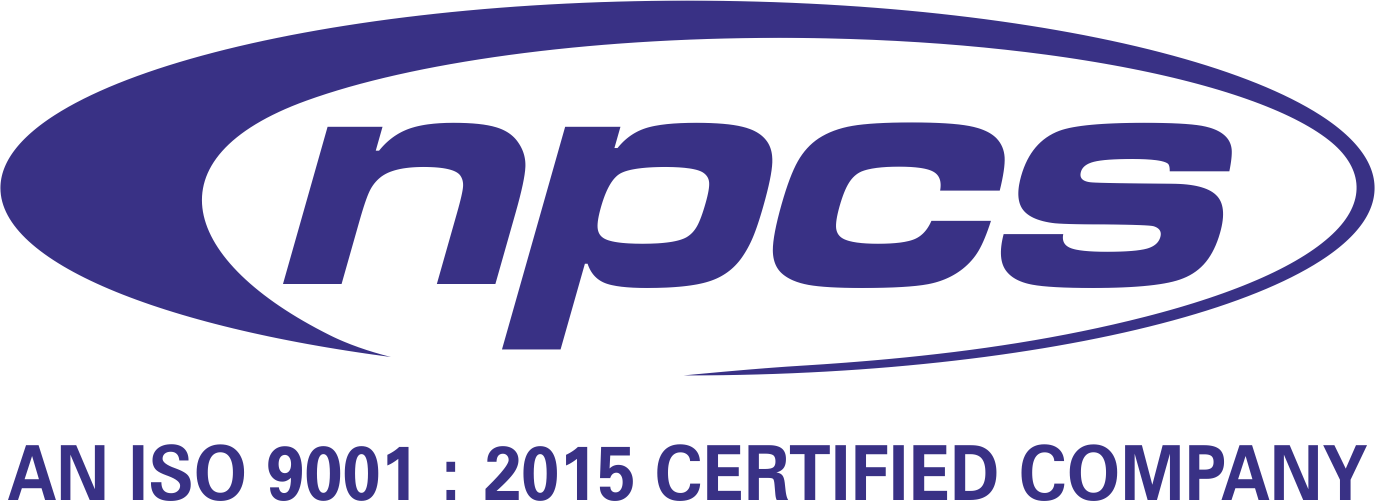In the ever-evolving landscape of electrical infrastructure and industrial automation, the manufacture of electrical cables stands as a core sector that fuels connectivity and power transmission across the globe. From residential wiring to high-voltage power grids and automotive applications, electrical cables are indispensable. With the global push toward electrification, digitalization, and renewable energy, the demand for quality cable and wire products has grown exponentially. This has unlocked lucrative opportunities for entrepreneurs, MSMEs, and large-scale manufacturers looking to tap into a stable and expanding market.
The manufacture of electrical cables is not merely about extrusion or insulation—it’s a technology-intensive domain that requires precision engineering, strict safety compliance, and constant innovation. A handbook dedicated to this manufacturing domain serves as a vital resource for setting up a cable production business, scaling existing operations, and understanding industry-grade formulations, machinery, and international standards.
The Electrical Cable Manufacturing Industry: An Overview
The manufacture of electrical cables encompasses a range of products including power cables, control cables, communication cables, instrumentation wires, coaxial cables, fiber optic cables, and more. These are made using conductors (copper, aluminum), insulation materials (PVC, XLPE, EPR), sheathing compounds, armoring, and jacketing.
According to IMARC Group, the global electrical cable market size reached $130 billion in 2023 and is expected to grow at a CAGR of 5.2% from 2024 to 2030. This surge is fueled by rapid urbanization, infrastructure upgrades, EV adoption, and smart grid deployments.
Visit this Page for More Information: Start a Business in Wire & Cable Industry
Key Raw Materials Used in Cable Manufacturing
The quality and durability of electrical cables are directly related to the materials used. Common raw materials include:
-
Conductors: Copper (preferred for flexibility and conductivity), aluminum (lighter and cheaper)
-
Insulation: PVC, XLPE, Teflon, silicone rubber
-
Sheathing: HDPE, LSZH (low smoke zero halogen), PE
-
Armoring: Galvanized steel wire, tape, or braid for mechanical protection
-
Fillers and Binders: Paper, cotton, or synthetic compounds
Specialty materials are used for flame retardancy, oil resistance, UV protection, and low smoke emissions.
Read Similar Articles: Wire & Cable
Manufacturing Process of Electrical Cables
The manufacture of electrical cables involves multiple precision-driven stages, often automated in high-volume facilities:
Wire Drawing – Technicians pull raw copper or aluminum rods through dies to reduce their diameter and increase their length.
Annealing – They heat-treat the drawn wires to enhance flexibility and conductivity.
Stranding – They twist multiple wires together to form a conductor that provides greater flexibility and reliability.
Insulation Extrusion – They use extrusion machines to apply an insulating layer over the conductor.
Assembly – They twist two or more insulated conductors together to create multi-core cables.
Sheathing/Jacketing – They apply a protective layer over the cable to shield it from physical, chemical, or environmental damage.
Armoring (Optional) – They add mechanical protection for cables intended for underground installations or where added strength is needed.
Testing – They test the cables for high-voltage tolerance, insulation resistance, tensile strength, flame retardancy, and compliance with standards such as IS, IEC, BS, or UL.
Download PDF: Manufacture of Electrical Cables, Wire and Wire Products Handbook
Types of Electrical Cables Manufactured
The handbook for manufacture of electrical cables typically covers the following product categories:
-
House Wiring Cables – Single-core copper wire with PVC insulation
-
Power Cables – XLPE insulated HV and MV cables for substations and grids
-
Control and Instrumentation Cables – For automation, PLCs, and control panels
-
Coaxial Cables – For RF signal transmission in telecom and broadcast
-
LAN/Data Cables – CAT5e, CAT6 for networking infrastructure
-
Flat Cables – For lifts, conveyors, and flexible electrical connections
-
Fiber Optic Cables – For high-speed data transfer in communication systems
Read our Books Here: Wire And Wire Products
Machinery and Equipment Required
Setting up a facility for the manufacture of electrical cables requires a significant investment in specialized equipment:
-
Wire drawing machines
-
Stranding machines
-
Insulation and sheathing extrusion lines
-
Armoring machines
-
Bunching machines
-
Take-up and pay-off stands
-
Spark testers and flame-retardant test chambers
-
Laboratory testing and quality control instruments
Related Feasibility Study Reports: Wire & Cable Projects
Licenses, Standards, and Quality Compliance
To operate a cable manufacturing business, several industry and regulatory certifications are essential:
-
BIS Certification (ISI mark) – Mandatory for cables sold in India
-
ISO 9001:2015 – Quality management system
-
CE Marking – For exports to Europe
-
RoHS Compliance – Restriction of hazardous substances
-
REACH Compliance – For chemicals used in insulation and sheathing
Additionally, quality standards such as IS 694, IS 1554, IEC 60228, and BS 5467 are benchmarks for product approval and customer confidence.
Market Potential and Investment Scope
The electrical cable manufacturing sector is witnessing robust demand from:
-
Smart cities and infrastructure projects
-
Renewable energy projects (solar, wind, hydro)
-
Metro rail and railway electrification
-
Oil & gas and heavy industries
-
Data centers and 5G telecom networks
-
Export demand from Middle East, Africa, Southeast Asia
Depending on scale, a small to medium manufacturing unit may require an investment ranging from ?1.5 crore to ?10 crore, depending on the level of automation and product range.
Opportunities for MSMEs and Entrepreneurs
With favorable government policies like “Make in India”, PLI schemes, and export incentives, MSMEs can benefit greatly from:
-
Manufacturing niche wire products (PTFE cables, fire-survival cables)
-
Contract manufacturing for OEMs
-
Cable recycling and copper recovery businesses
-
Developing eco-friendly and halogen-free cable variants
Collaboration with electrical consultants, EPC contractors, and infrastructure firms opens up steady demand pipelines.
Conclusion
The manufacture of electrical cables is a vital and thriving industrial segment that supports the backbone of modern infrastructure and technological progress. A comprehensive handbook in this domain equips manufacturers, engineers, and entrepreneurs with the technical know-how, market intelligence, and compliance insights necessary to excel in this field. With the right strategy, investment, and innovation, this industry promises long-term sustainability and profitability.
Book Link: The Manufacture of Electrical Cables, Wire and Wire Products Handbook
See More Links:
- Start a Business in Asia
- Start a Business in Potential Countries for Doing Business
- Best Industry for Doing Business
- Business Ideas with Low, Medium & High Investment
- Looking for Most Demandable Business Ideas for Startups
- Startup Consulting Services
- Start a Business in Africa
- Start a Business in India
- Start a Business in Middle East
- Related Videos
- Related Books
- Related Projects
- Related Market Research Reports





